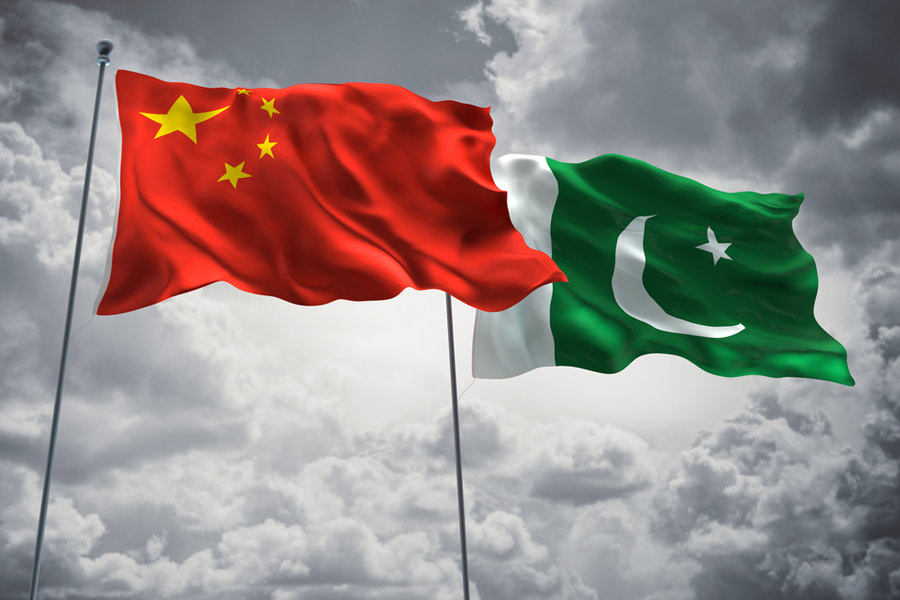The economic spiral of Pakistan, one of China’s largest country-level loan portfolios, has worsened to such a level in recent years that Beijing has been forced to shift financing from the ‘game-changing’ multi billion-dollar China-Pakistan Economic Corridor (CPEC) development scheme to emergency loan financing aimed at keeping the Pakistani economy afloat lest it drag Chinese banks with it into the economy abyss of default.
A recent report and data published by AidData, “Belt and Road Reboot: Beijing’s Bid to De-Risk Its Global Infrastructure Initiative”, highlights key trends that have shaped Chinese Development Financing over the past two decades. Collected from over 5,300 sources, it shows that China, the largest lender to the developing world, has transitioned from development financing to rescue lending. This transition aims to enable its largest sovereign borrowers to have enough cash on hand to service their outstanding infrastructure project debts owed to Chinese commercial banks. By doing so, China aims to avoid a domestic banking and financial crisis caused by high default rates. Central to this scenario is Pakistan, which has received 161 loans over the past decade and a half worth some $68.92 billion. Pakistan is the third largest recipient of Chinese money, behind Russia and Venezuela.
The worrying aspect of this, for both Pakistan and China, is that rescue lending originating from China to Pakistan stands at a whopping $28.13 billion, making it the highest in the world, followed by Argentina, Ecuador, and Venezuela. It also comprises Pakistan’s single largest debt source.
AidData suggests that starting in 2017, a significant portion of Chinese development finance to Pakistan was directed towards rescue loans to pull Pakistan’s economy back from the brink rather than putting them towards developmental projects. This represents a shift from the previous emphasis on the China-Pakistan Economic Corridor (CPEC) during its peak period from 2014 to 2017, when substantial commitments were made for developmental initiatives.Over the past four years, rollovers of Chinese loans have become increasingly common, often surpassing or matching the value of new loan commitments. However, AidData shows that Chinese lending in Pakistan has primarily targeted public sector agencies, indicating a low probability of any hidden debts.
De-Risking Lending
The report provides further details on China’s approach towards overseas lending in general. China proactively manages potential crises by implementing de-risking measures. This includes a reduction in long-term, dollar-denominated bilateral loans for public investments, coupled with an increase in Chinese Yuan (RMB) denominated loans of shorter durations involving both Chinese and non-Chinese banks. China is also reducing its reliance on policy banks while relying more on state-owned commercial banks, along with syndicated loan arrangements that allow non-Chinese institutions with stronger due diligence practices to assess potential borrowers.
An intriguing point emphasised in the report revolves around China’s role in managing global crises. Developing countries burdened with debt distress owe a significant portion of their debt to China. This situation exposes Chinese state-owned policy banks, commercial banks, and enterprises to the risk of default from overseas borrowers.
To ensure liquidity for these borrowers to repay their debts to Chinese creditors, the People’s Bank of China (PBOC) is extending emergency rescue loans, including those in Chinese currency like Currency Swaps

